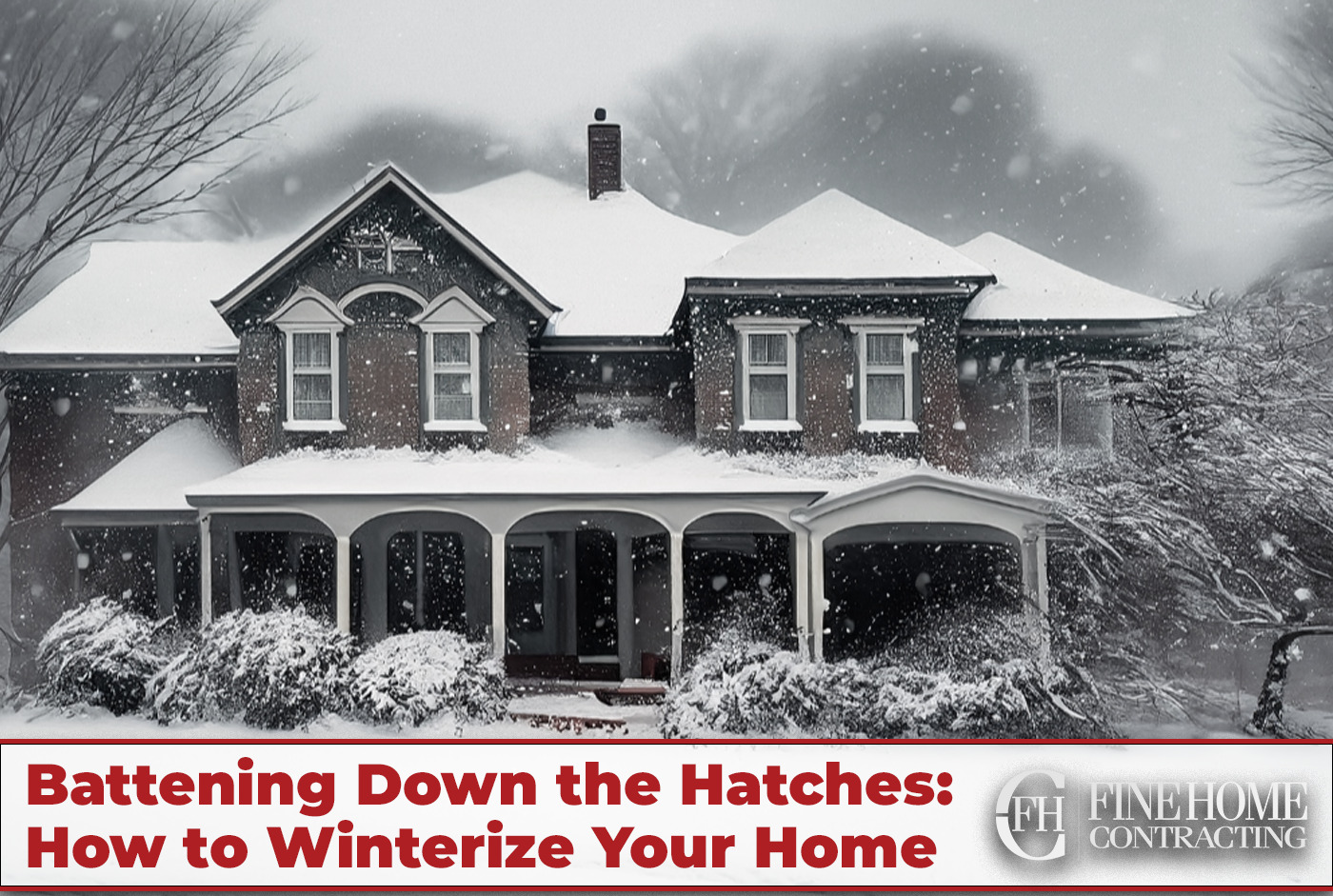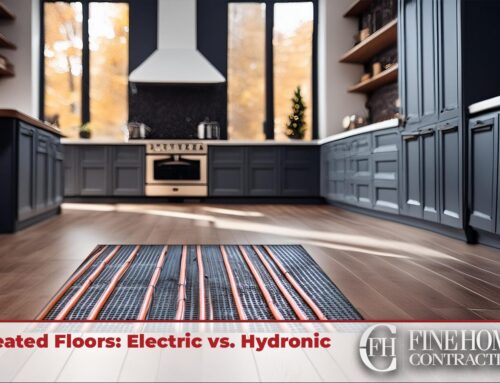Frigid temperatures and severe winter storms can wreak havoc on homes not designed to withstand them. Without proper preparation, you may be left in the cold dealing with frozen pipes, power outages, and costly repairs. Use this comprehensive guide to identify winterization weak spots in your home and take action before the cold hits.
Assess Vulnerabilities
Start by critically evaluating if your home’s infrastructure can handle freezing cold. Specifically inspect the following areas:
Windows and Doors
Old and poorly-fitted windows and doors allow cold drafts to penetrate the home, driving up heating costs. Check for:
- Loose-fitting frames that move when closed
- Rotted wood, cracked caulking or weatherstripping
- Visible daylight around frames when closed
- Condensation and ice buildup indicating air leaks
Holes and Openings
Any penetration points between the interior and uninsulated spaces can create heat loss. Look for:
- Gaps around pipes, wires, vents and fans where they enter external walls
- Open tops of chimneys lacking dampers or caps
- Access doors to crawl spaces, attics and basements that don’t seal tightly
- Missing mortar or cracks in brick/stone foundations
Insulation Levels
Recommended insulation R-values depend on your region. Assess if your home meets guidance for attics, exterior walls and foundations. Also inspect insulation for wetness or collapse.
Heating System
Ensure your heating system can handle large demands during cold snaps:
- Have it serviced to confirm proper operation and identify wear
- Test backup heating systems like fireplaces and space heaters
- Determine if a programmable thermostat should be added
Emergency Preparedness
Finally, evaluate general emergency preparations:
- Take inventory of rock salt/snow shovels/snowblower fuel
- Create emergency car kits with warm gear, food, battery packs
- Confirm adequate water supply for outages by filling tubs
- Stockpile non-perishable food that doesn’t require oven or stove
- Gather warm blankets, coats, and alternate heating/power sources
Prioritize Repairs and Upgrades
With vulnerabilities identified, determine which fixes and improvements merit your time and budget. Top priorities should be:
- Sealing major air gaps allowing heat loss
- Insulating water pipes vulnerable to freezing
- Servicing heating systems and backup options
- Preparing standby emergency power sources
- Providing sufficient emergency food/water
- Ensuring ability to clear snow if stranded at home
- Lower priority but still valuable actions include adding storm windows, extra insulation, weatherstripping, programmable thermostats, and an emergency generator.
Sealing Air Leaks
Sealing gaps where exterior cold air can penetrate into your home provides major payoff for little cost. Focus on these key areas:
Windows and doors – Apply weatherstripping around the full perimeter and install firm door sweeps at the bottom. For drafty windows, add caulk around frames and plastic film layers on the interior to create an air gap.
Holes and penetrations – Use spray foam or caulk to seal openings where pipes, wires and vents enter the home. Plug gaps in unfinished spaces like crawl spaces with expanding foam. Chimney flues should close fully when not in use.
Attics and foundations – These are prime heat loss areas. Seal any rim joist or sill plate cracks with caulk and install rigid foam board insulation. Make sure attic hatches and doors seal tightly when closed.
Adding Insulation
Once air leaks are sealed up, adding insulation helps keep heat in. Target these key spaces:
Attics – Most heat is lost through the roof. Adding insulation up to R-49 can help.
Exterior walls – Injecting loose fill insulation into cavities of finished walls is easiest. Use rigid sheets on unfinished walls.
Basements and crawl spaces – Fully insulate any basement walls and apply R-19 insulation under floors over crawl spaces.
Pipes – Wrap pipes leading to unheated areas with pre-slit foam tubes. Heat tape also prevents freezing.
Preventing Frozen Pipes
Frozen pipes bursting cause massive water damage. Protect them by:
- Sealing air leaks and adding insulation as discussed above
- Keeping interior doors open so heat circulates to pipes on exterior walls
- Allowing faucets to drip during extreme cold to relieve pressure
- Detaching and draining outdoor hoses
- For highest risk pipes like those in unheated garages, proactively wrapping with heat tape is wise. Learn how to fully shut off and drain pipes in preparation for extended vacations or abandoning a building in extreme cold.
Emergency Preparedness
Be ready for power outages, supply shortages, and snowed-in situations:
- Maintain adequate food/water – have at least 3 days of supplies
- Stock backup heating sources like a fireplace, wood stove, or space heaters
- Store snow/ice removal tools like salt, sand, shovels, snowblowers
- Prepare a cold weather emergency car kit with warm clothes/blankets
- Install emergency lighting like flashlights and battery-powered lamps
- Purchase a backup generator and have fuel on hand
- Maintain battery packs, car chargers, and power banks so you can stay connected
By identifying your home’s weak spots and proactively sealing, insulating, and weatherproofing them before winter arrives, you can stay warm in style all season long. Reach out to a qualified home performance professional if you need help making cold weather readiness upgrades and emergency preparations. Stay cozy!








